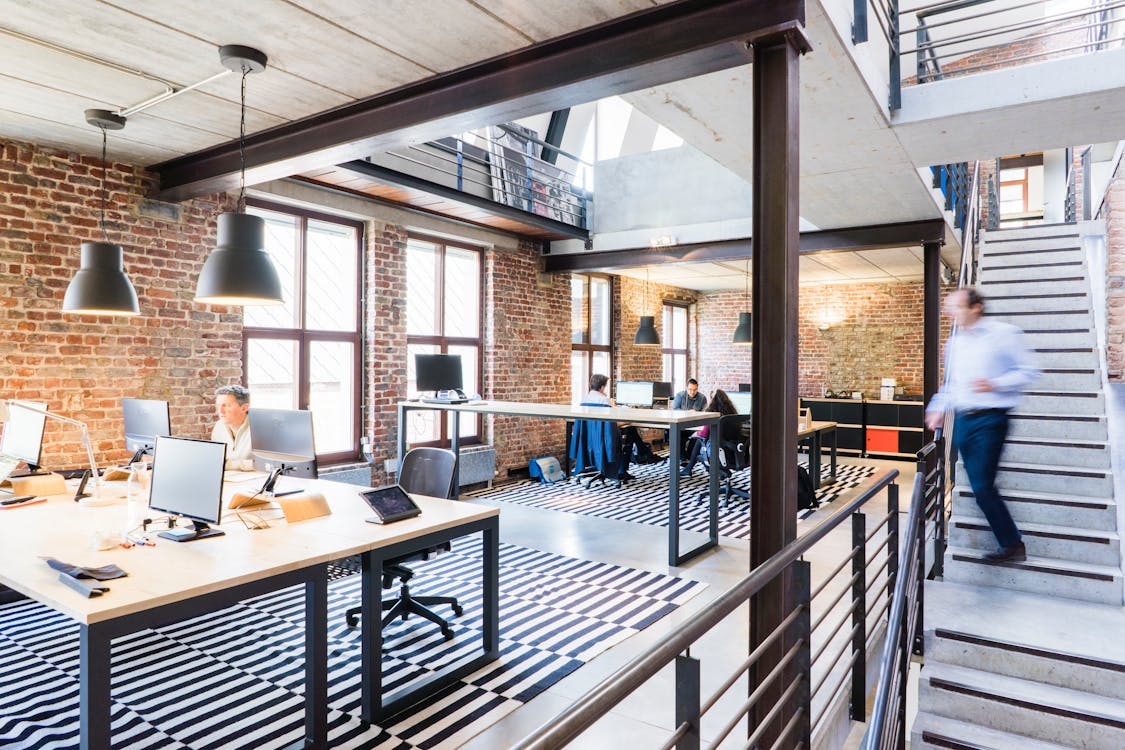An office fit-out is a complex process that transforms a space into a functional, aesthetically pleasing working environment tailored to the needs of a business. The duration of an office fit-out can vary significantly based on several factors, including the size of the space, the complexity of the design, and the level of customization required.

This article will delve into the different phases of an office fit-out, explore the factors influencing the timeline, and provide a realistic estimate of how long the process typically takes. Read more to know.
Understanding the Office Fit-Out Process
The office fit-out process can be divided into several key stages: planning and design, procurement, construction, and final touches. Each of these stages involves distinct activities and requires careful coordination to ensure the project stays on track.
Planning and Design
The planning and design phase is crucial for setting the foundation of the fit-out project. This stage involves:
- Initial Consultation: Meetings between the client and the fit-out team to understand the business’s requirements, vision, and budget.
- Space Assessment: Evaluating the existing space to determine its suitability for the desired fit-out.
- Concept Development: Creating preliminary design concepts, including layout options and mood boards.
- Detailed Design: Develop detailed architectural and engineering drawings, including mechanical, electrical, and plumbing (MEP) plans.
- Approval and Permits: Obtaining necessary approvals and permits from local authorities, can add time depending on the region’s regulations.
Estimated Time: 4-8 weeks
Procurement
Once the design is finalized, the procurement phase begins. This involves:
- Sourcing Materials: Identifying and ordering materials, furniture, fixtures, and equipment (FF&E) required for the fit-out.
- Vendor Coordination: Coordinating with various vendors to ensure timely delivery of materials.
- Logistics Planning: Planning the logistics for transporting materials to the site.
Estimated Time: 2-4 weeks
Construction
The construction phase is where the physical transformation of the office space occurs. This phase includes:
- Demolition and Site Preparation: Removing existing structures or fittings that are no longer needed.
- Structural Work: Modifying the space as per the design, which may involve building new walls, partitions, or mezzanines.
- MEP Installation: Installing mechanical, electrical, and plumbing systems.
- Interior Finishes: Applying finishes such as flooring, painting, and ceiling installations.
- Furniture Installation: Assembling and placing furniture according to the layout.
Estimated Time: 8-16 weeks
Final Touches and Handover
The final stage involves the finishing touches and preparation for occupancy. This includes:
- Quality Checks: Conducting thorough inspections to ensure all work meets the required standards.
- Snagging: Addressing any minor issues or defects identified during inspections.
- Cleaning: Deep cleaning the space to ensure it is ready for use.
- Handover: Officially handing over the completed office to the client.
Estimated Time: 2-4 weeks
Factors Influencing the Timeline
The duration of an office fit-out project can be influenced by several factors:
Size of the Space
Larger office spaces naturally require more time to fit out due to the increased volume of work. A small office of 1,000 square feet might be completed in a few months, whereas a large corporate office of 50,000 square feet could take over a year.
Complexity of the Design
A straightforward fit-out with minimal structural changes and standard finishes will be quicker to complete than a highly customized design with bespoke elements, unique materials, and advanced technology integrations.
Level of Customization
High levels of customization, such as custom-built furniture, unique architectural features, and specialized equipment, can add significant time to the project due to the need for bespoke manufacturing and installation.
Approval and Permit Processes
The time required to obtain necessary permits and approvals can vary greatly depending on local regulations and the complexity of the project. Delays in securing permits can significantly impact the overall timeline.
Availability of Materials and Labor
Delays in the supply chain or shortages of skilled labour can extend the fit-out timeline. Coordinating with reliable suppliers and ensuring a steady workforce is crucial for maintaining the schedule.
Coordination and Communication
Effective communication and coordination among all stakeholders, including designers, contractors, and clients, are essential for a smooth fit-out process. Miscommunication or misalignment can lead to delays and rework.
Client Decision-Making
Timely decision-making by the client is vital. Delays in approvals or changes in design midway through the project can result in significant time extensions.
Unforeseen Challenges
Unexpected issues such as structural problems, unforeseen site conditions, or changes in regulations can arise, causing delays. A well-prepared fit-out team will have contingency plans to address these challenges efficiently.
Realistic Timeframes for Different Scenarios
Based on the factors outlined above, here are some realistic timeframes for different office fit-out scenarios:
Small Office (up to 2,000 square feet)
- Basic Fit-Out: 8-12 weeks
- Customized Fit-Out: 12-16 weeks
Medium Office (2,000 to 10,000 square feet)
- Basic Fit-Out: 12-20 weeks
- Customized Fit-Out: 20-28 weeks
Large Office (10,000 to 50,000 square feet)
- Basic Fit-Out: 20-30 weeks
- Customized Fit-Out: 30-40 weeks
Corporate Headquarters (50,000+ square feet)
- Basic Fit-Out: 30-50 weeks
- Customized Fit-Out: 50-70 weeks
Tips for Reducing Fit-Out Time
While the office fit-out process is inherently time-consuming, there are several strategies to help reduce the overall timeline:
Clear Project Scope
Establish a clear project scope from the outset, detailing all requirements, expectations, and constraints. This minimizes the likelihood of scope changes that can cause delays.
Experienced Fit-Out Team
Engage an experienced fit-out team with a proven track record. Experienced professionals can anticipate challenges, streamline processes, and ensure efficient project management.
Efficient Decision-Making
Ensure prompt decision-making by designating a single point of contact from the client’s side who has the authority to make decisions quickly.
Regular Progress Meetings
Hold regular progress meetings with all stakeholders to track progress, address issues promptly, and keep everyone aligned.
Contingency Planning
Prepare for potential setbacks by including contingency time in the project schedule. This helps absorb any delays caused by unforeseen challenges.
Flexible Schedules
Consider flexible work schedules, such as evening or weekend work, to accelerate the construction phase without disrupting normal business operations.
Pre-Ordering Materials
Pre-order materials and equipment with long lead times early in the project to avoid delays caused by supply chain issues.
Phased Approach
For large projects, consider a phased approach where different sections of the office are completed and handed over in stages. This allows parts of the office to become operational sooner.
Conclusion
The duration of an office fit-out project is influenced by a multitude of factors, ranging from the size and complexity of the space to the efficiency of the project team and the timely availability of materials. By understanding the key stages of the fit-out process and the factors that impact the timeline, businesses can better plan and manage their office transformations.
A typical office fit-out can take anywhere from a few weeks for a small, straightforward project to over a year for a large, customized corporate headquarters.
By adopting strategies to streamline processes, make efficient decisions, and prepare for potential challenges, businesses can minimize delays and ensure successful, timely completion of their office fit-out projects.
Investing in a well-executed office fit-out not only enhances the functionality and aesthetics of the workspace but also contributes to employee satisfaction and productivity, making the time and effort invested in the process well worth it.
